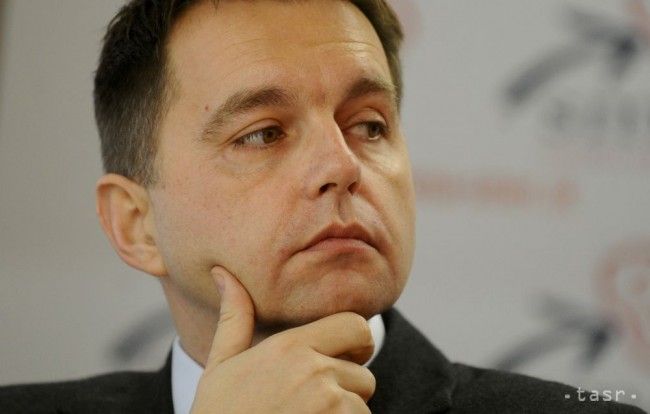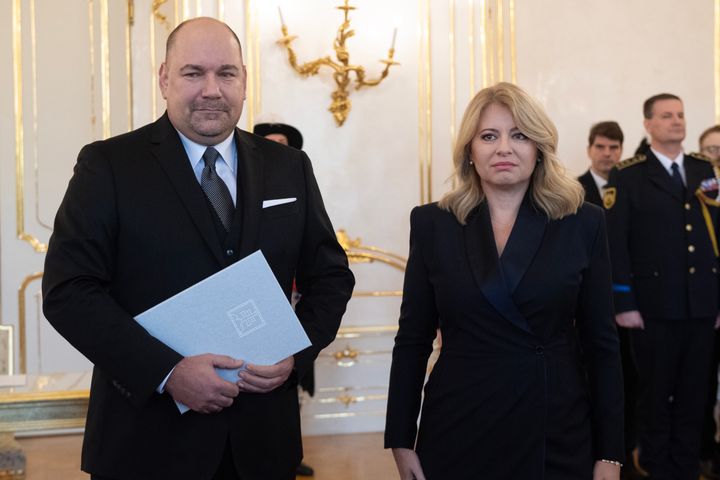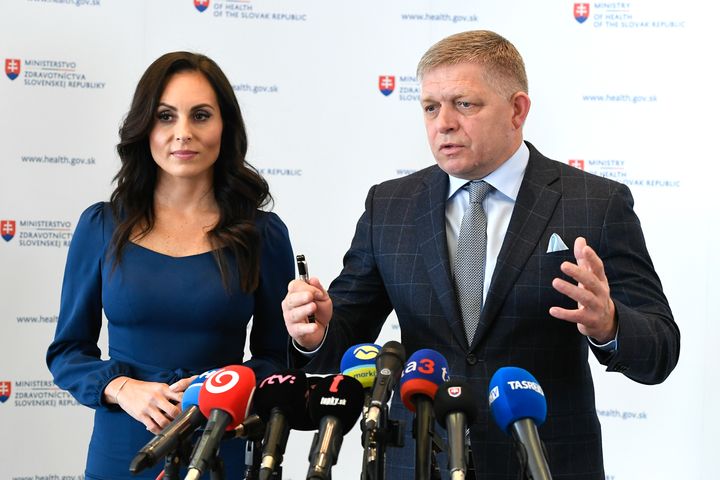Kazimir: Budget Plan for Next Year Feasible

Bratislava, October 5 (TASR) – The budget for next year is based on a projected 3.5 percent growth of the Slovak economy, which is similar to what Slovakia has experienced over the past two years, Finance Minister Peter Kazimir (Smer-SD) said on Wednesday.
“The 3.5 percent figure is quite a conservative estimate and I’m confident that it might be even higher, provided that some external conditions won’t change,” Kazimir claimed after the Government’s session.
Earlier in the day, the coalition Cabinet had approved its first-ever budget draft for 2017. “I’m not hiding the fact that it comes as a relief,” said the minister.
As for the public finances deficit, it is projected to drop to 1.29 percent of GDP in the next year and continue going down within the following years, with a budgetary surplus expected in 2019. “This plan is as realistic as was the meeting of targets in 2015 and 2016,” he said.
In the next year a watershed moment is expected to occur, as Slovakia will record a primary surplus. “The primary surplus means that if we deduct interest paid on Government debt from total expenditures, we’re already in the black and no longer in a deficit,” said Kazimir, adding that this serves as evidence that Slovakia is on the right track to achieve balanced governance.
The economic growth projections also take into account potential negative impacts of Brexit, stressed Kazimir. “According to our calculations, potential problems linked to the departure of Great Britain (from EU) could adversely affect our economic growth by approximately 0.2 percent of GDP. We have already decreased the projected growth by this figure and the end result stands at 3.5 percent,” said Kazimir, who, however, expects the adverse effect of Brexit to spread out evenly across more years.
Kazimir is delighted that 50,000 new jobs were created in Slovakia in 2015 and expects to see another 50,000 jobs this year. “In a cautious estimate, we expect some 34,000 jobs to be created in the next year,” said the minister, adding that only 18,000 new jobs had been projected for this year, but the reality was 50,000. “I firmly hope that around this time next year, I’ll be able to state that the estimate of 34,000 jobs was too conservative and the reality will be a lot better,” said Kazimir.
Such a development would bring about a drop in unemployment, likely to 8.5 percent in 2017. “And then we’re setting foot in uncharted territory with unemployment figures close to 6 percent. That’s our prognosis, which will clash with the reality of lacking qualified labour force. We have such signals already today from individual regions, when it concerns some specific operations,” he claimed.
The drop in unemployment would also lead to the rise in salaries, with nominal wages growth projected at 3.5 percent next year and real wages growth below 3 percent. “We expect the average nominal wage in the Slovak economy to reach the level of €908 in 2016 and €940 in 2017,” he added.



